[vc_row][vc_column][vc_column_text]
While numerous towns and cities across Lebanon are revered for their historic landmarks, there are many rural attractions that are relatively unknown to the public. Karim Sokhn, founder of online travel blog Wanderleb, shares his selection of five unique rural spots that’ll transport you to the past.
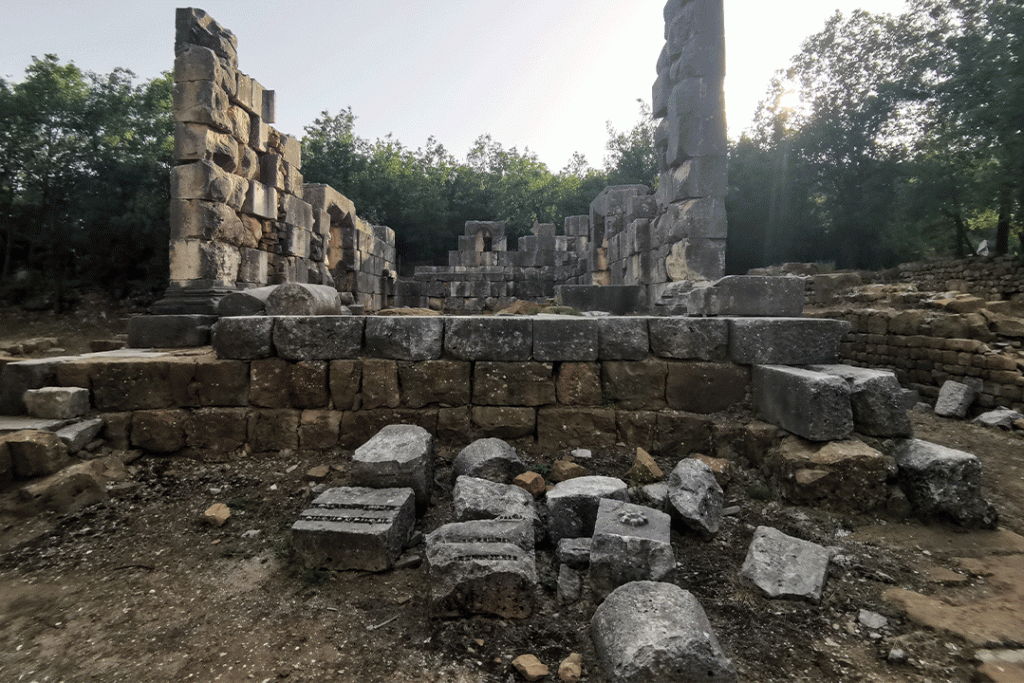
Yanouh
Yanouh
Nestled in the highlands of Byblos, Yanouh village is home to an archaeological site that holds Greco-Roman, Byzantine and medieval religious structures, settlements, workshops and necropolises. Yanouh is also the site where the first Aramaic inscription was discovered in Lebanon, which suggests that the Aramaic language was widely spread and used in rural Mount Lebanon.
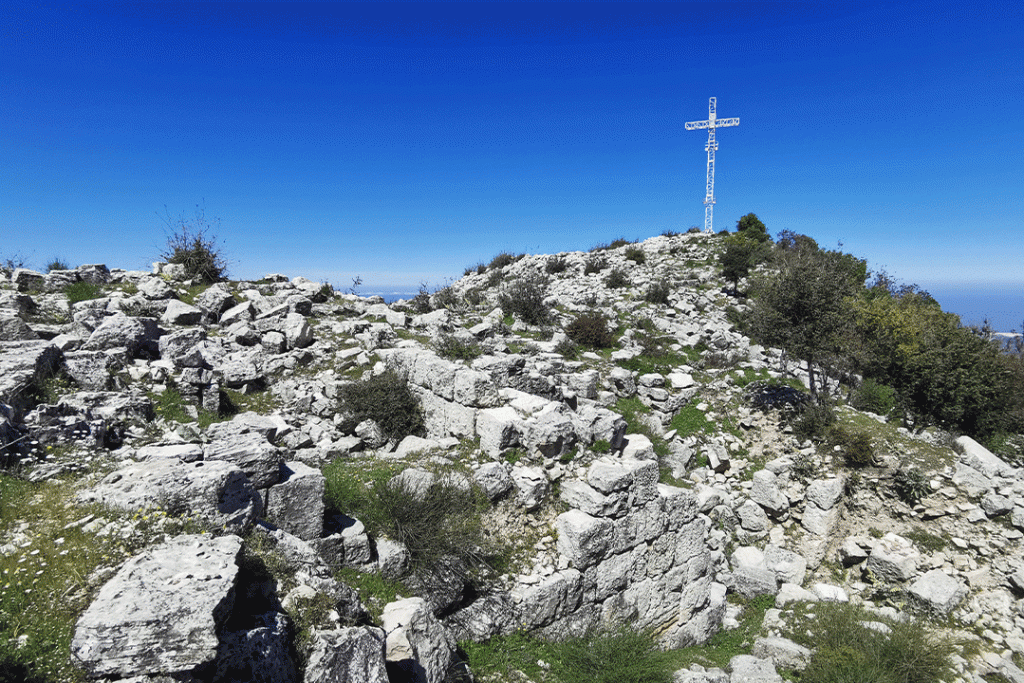
Hosn Bchaale
Hosn Bchaaleh
Overlooking the district of Batroun, this site features the remnants of an ancient settlement that witnessed the construction of a citadel during medieval times, a Greco-Roman religious edifice, as well as houses and workshops. It is an isolated and unusual landmark built on a massive cliff that can only be reached by a 30-minute hike from the village.
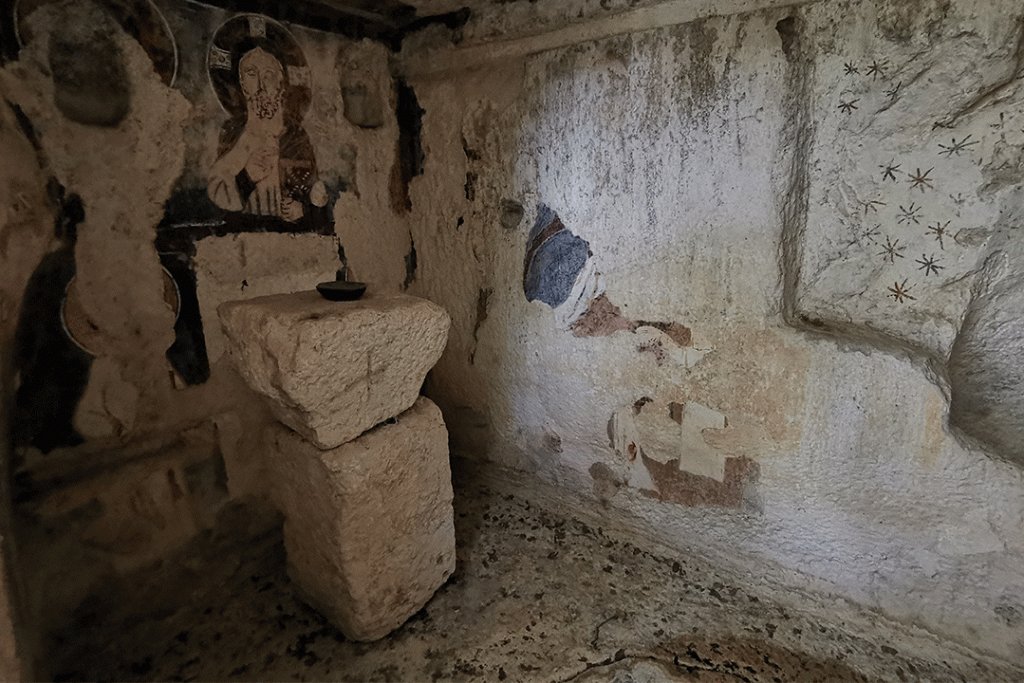
Kfar-Chleiman
Kfar-Chleiman
Nestled in the highlands of Batroun, Kfar-Chleiman’s ancient settlement dates back to the Greco-Roman era. It features the ruins of an ancient house, a pagan shrine, a necropolis and a wonderful fresco of Syrian art.
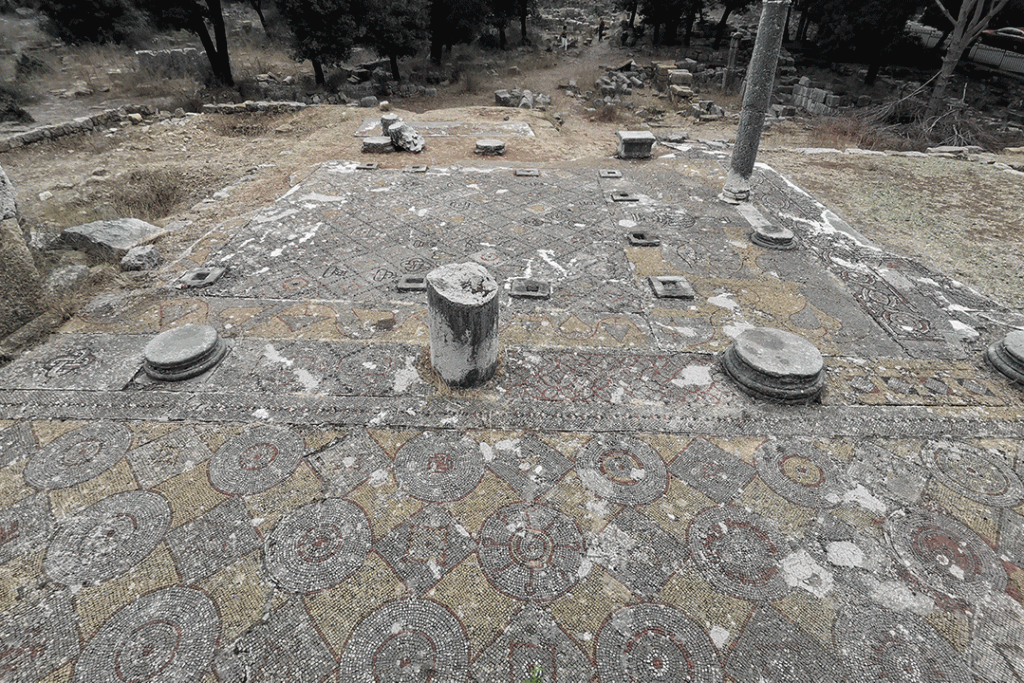
Deir El Qalaa
Deir El Qalaa
Deir El Qalaa was one of the largest rural settlements of ancient Lebanon. The site boasts elements of a complete village that dates back to the Greco-Roman era. Visitors can explore the ruins of three Greco-Roman era temples, a Byzantine church with breathtaking mosaics, a Roman bath, tens of houses, workshop cells and oil presses.
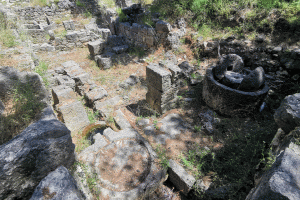
Chhim
Chhim
Apart from its Greco-Roman temple, its residential area and its Byzantine church and unique mosaics, the Chhim site has the largest number of oil presses, testifying to a large production of olive oil. The presses are in a perfect state and only lack some ropes and wooden beams to start functioning again.
In-depth information and location of each site can be found on wanderleb.com (Wanderblog section).
[/vc_column_text][/vc_column][/vc_row]
Loading
